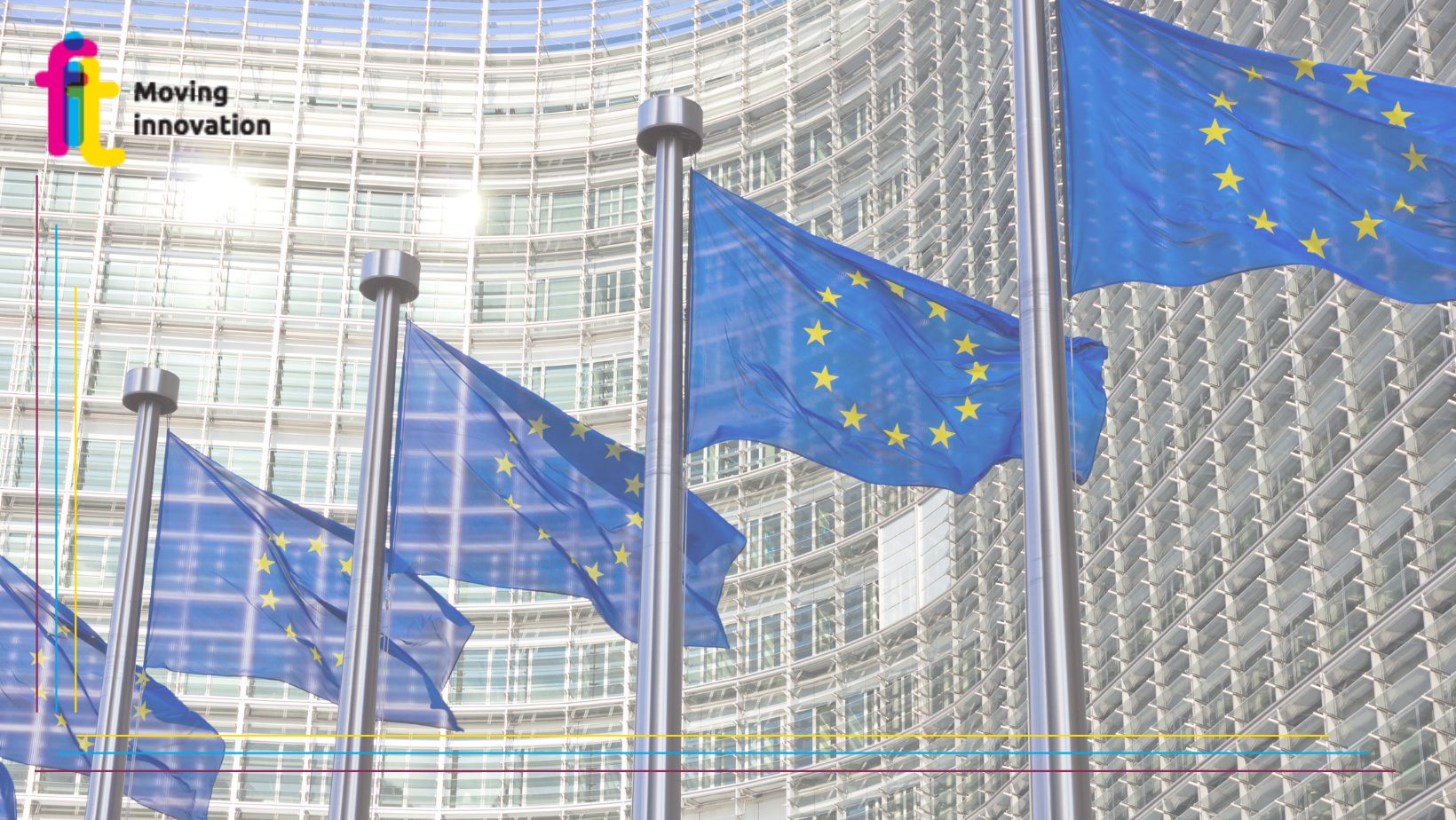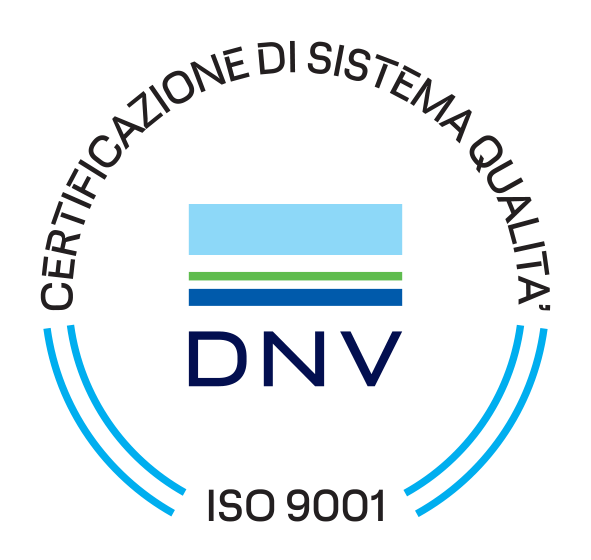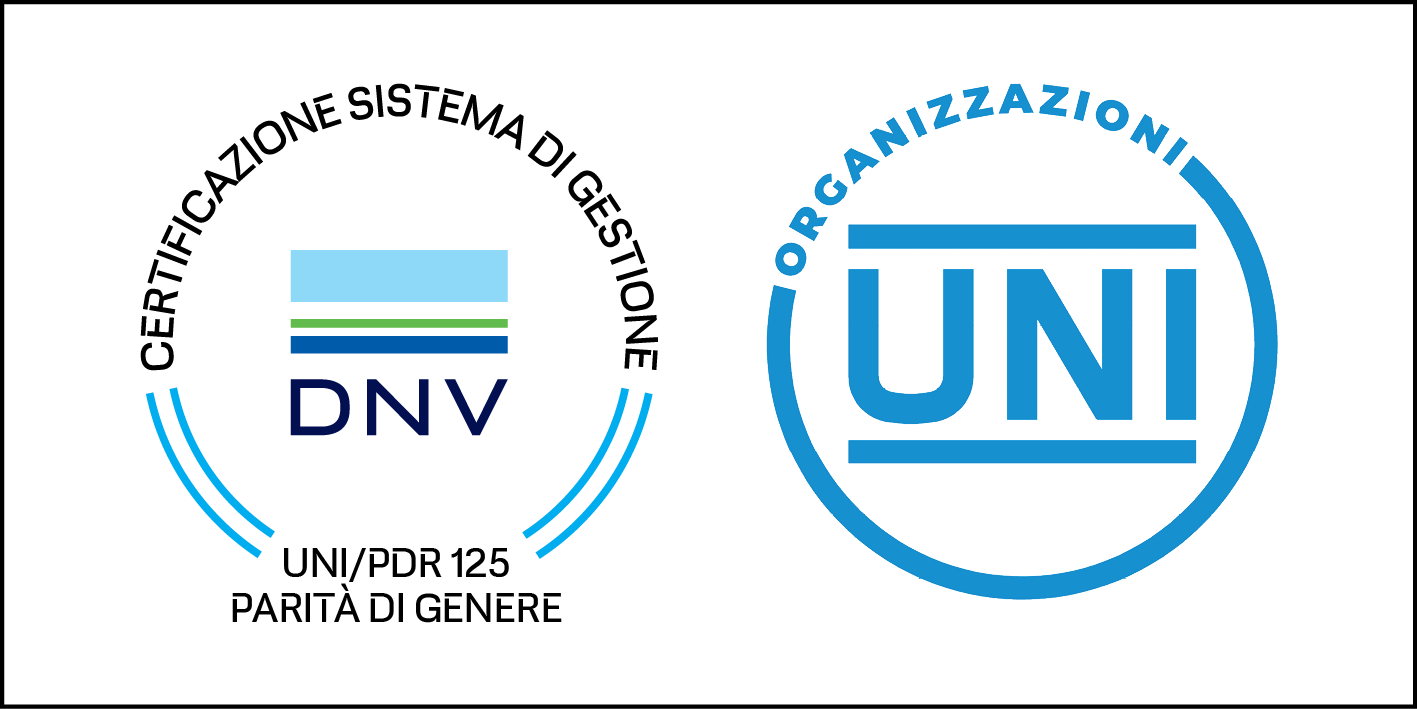Qualità dell’aria nell’UE, il Consiglio europeo adotta la direttiva che stabilisce standard aggiornati
The European Council formally adopted the directive setting updated EU-wide air quality standards a few days ago, which will contribute to the goal of zero pollution by 2050 and help prevent premature deaths due to air pollution.
The context
Air pollution is the main environmental health risk in Europe. Pollutants can be extremely harmful to both humans and the environment. Approximately 300,000 premature deaths in Europe each year are due to air pollution.
To tackle the problem, the European Commission has proposed the revision and consolidation of two directives on ambient air quality in October 2022, as part of the EU’s Zero Pollution Action Plan. Agreement between the two co-legislators on the final form of the text was reached in February 2024.
The objectives of the new directive
This new directive simplifies EU regulations on ambient air quality by merging the two existing EU directives into one. The aim is to align quality standards with the recommendations of the World Health Organisation (WHO).
What changes with the new directive
The revised directive therefore prioritises the health of EU citizens by setting new air quality standards for pollutants to be achieved by 2030, more closely aligned with WHO air quality guidelines. These pollutants include, among others, particulate matter PM10 and PM2.5, nitrogen dioxide and sulphur dioxide, all known to cause respiratory problems. Member states can request to postpone the 2030 deadline, but only if specific conditions are met. Citizens will also be able to claim compensation for damage to their health in cases where EU air quality standards are not met.
It will also ensure early action, with air quality roadmaps to be prepared before 2030 if there is a risk that the new standards will not be met by then. Air quality standards will be reviewed regularly in line with the latest scientific evidence to assess whether they continue to be appropriate.
Next steps
The text will be published in the Official Journal of the EU and will enter into force on the 20th day after publication. Member States will have two years after entry into force to transpose the directive into national law.
By 2030, the European Commission will review air quality standards and every five years thereafter, in line with the latest scientific evidence.
Air quality is assessed with common methods and criteria throughout the EU and the revised directive brings further improvements to air quality monitoring and modelling.
Source: European Council









